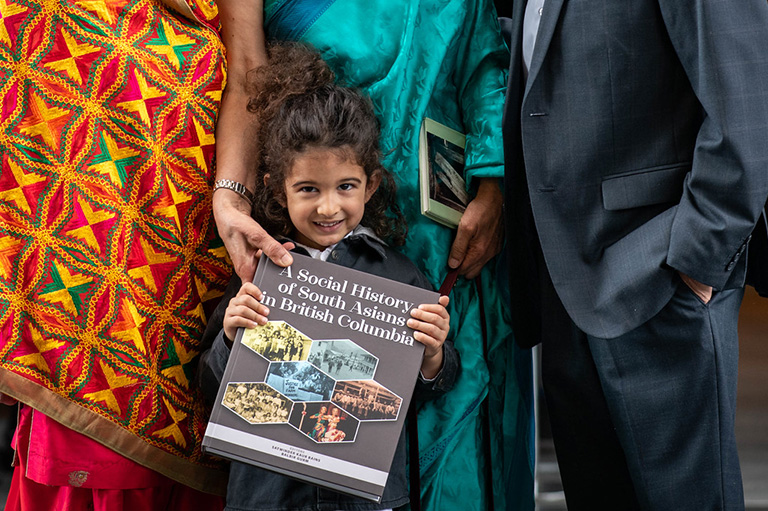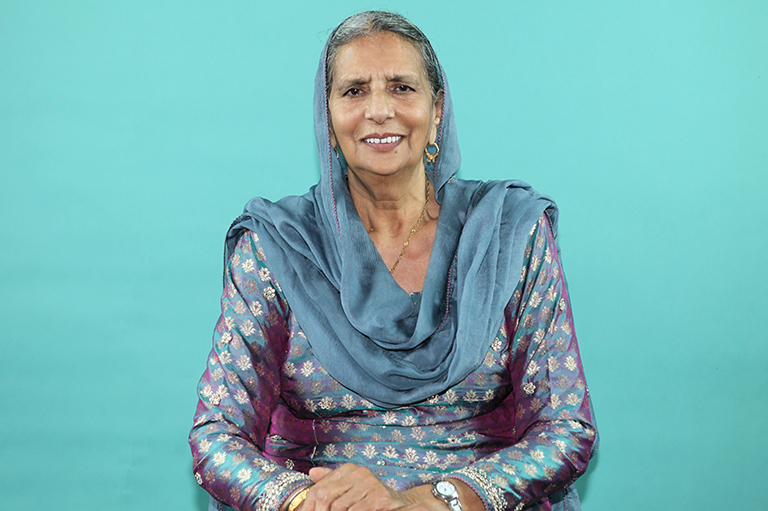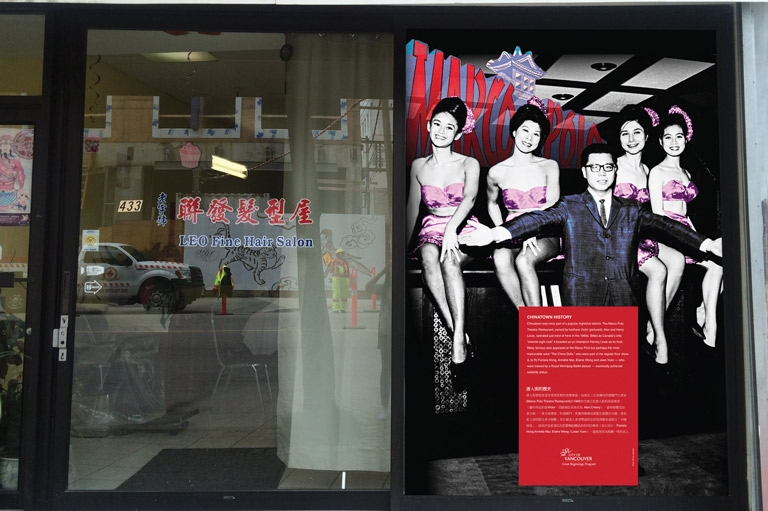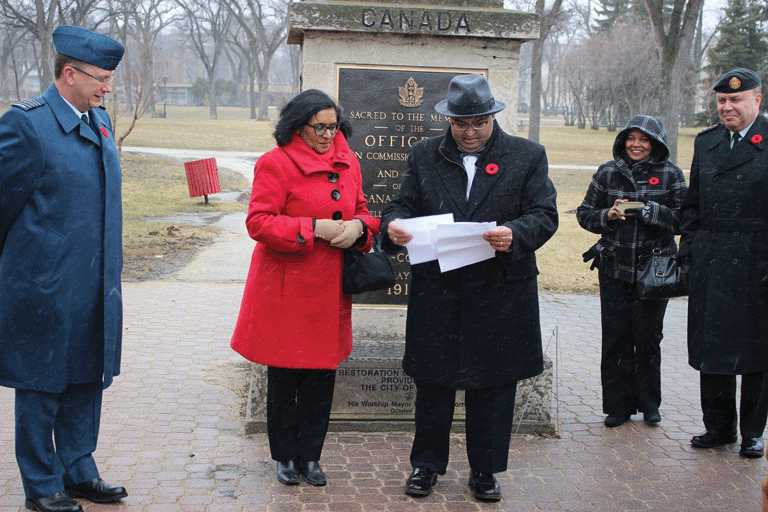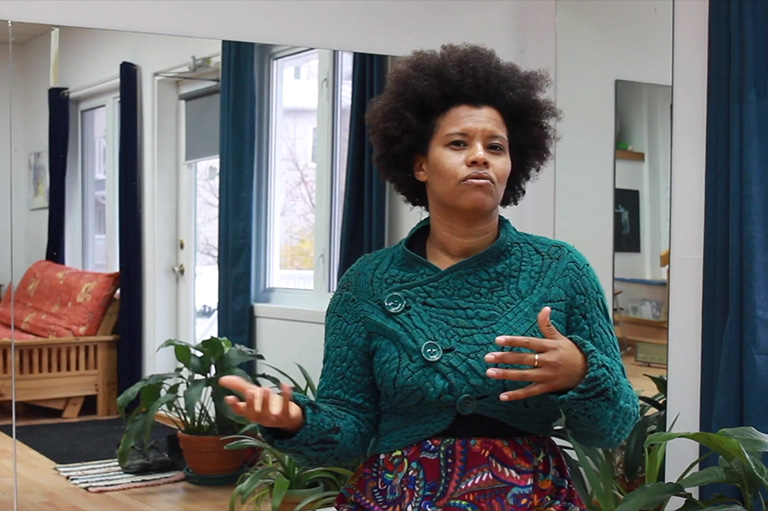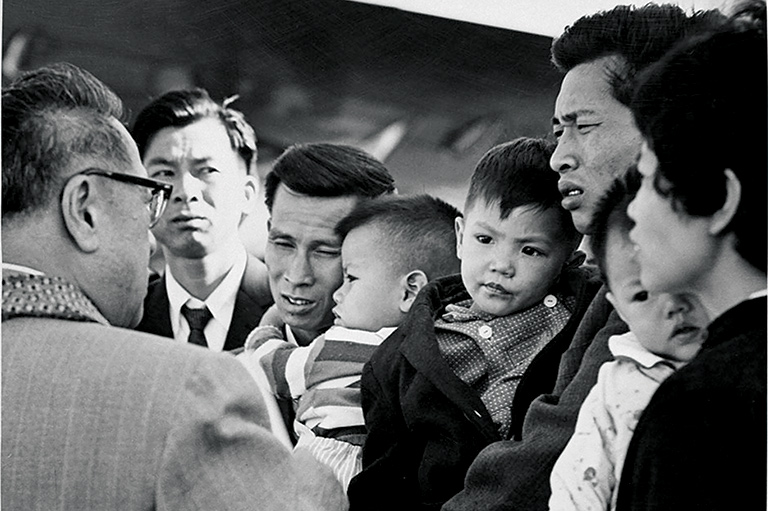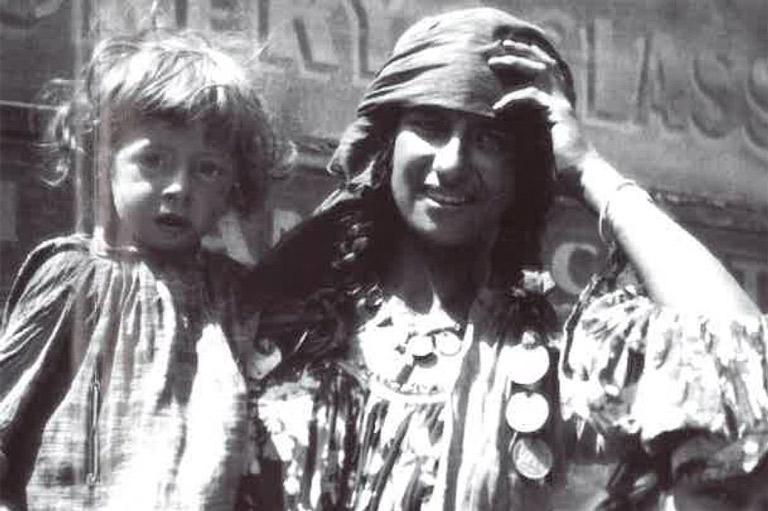The Rights Fight
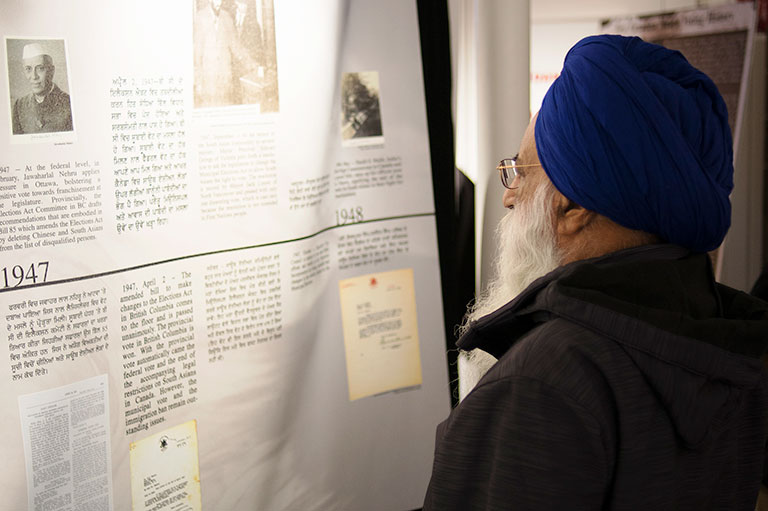
South Asians who immigrated to Canada in the early twentieth century often faced discrimination when they arrived in British Columbia. Many had their rights supressed and their voices silenced.
However, a recent exhibition about the four-decade fight by South Asians in British Columbia to win the right to vote has given a voice to the members of the community and is reinforcing the community’s place in the history of Canada.
(Dis)Enfranchisement 1907–1947: The Forty Year Struggle for the Vote highlighted the experiences of South Asian immigrants on Canada’s west coast. The exhibition ran from February 2016 to June 2018 at the Sikh Heritage Museum in the Gur Sikh Temple National Historic Site in Abbotsford, B.C.
“The inspiration behind the project was to provide the research on South Asian history that is largely missing or omitted from the Canadian historical record in terms of challenges and successes in nation-building,” said Satwinder Kaur Bains, director of the South Asian Studies Institute of the University of the Fraser Valley and the exhibit’s organizer.
With 7 uniquely curated newsletters to choose from, we have something for everyone.
“We found that basic rights and responsibilities of Canadian citizens were regularly trampled upon by law and regulation in the Canadian context of the early 1900s,” she added.
She said the South Asian community has had to deal with many misconceptions, such as the belief that it is a recently new community in Canada — when in reality, South Asian immigrants have been coming to Canada’s shores for more than a century.
South Asian immigrants’ “unique lives are as much a part of Canadian history as that of any other community,” she said, “yet their history has not been adequately portrayed or held as important in the public record.”
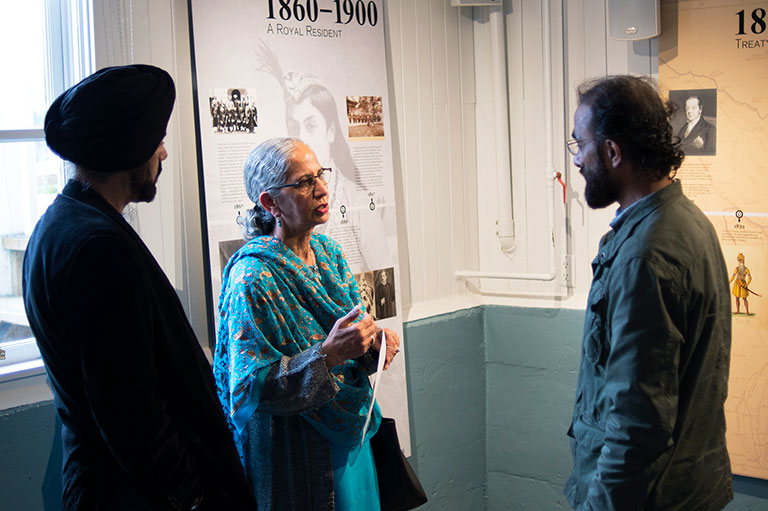
Using personal accounts, newspaper clippings, photographs, and copies of travel documents, the display offered a closer look into the historical policies and laws that discriminated against South Asians. Those included racist rules such as the “continuous journey” regulation that specifically targeted emigrants from India; the law that required South Asian immigrants to possess two hundred dollars upon entry into Canada, compared to the twenty-dollar requirement for European immigrants; and rules that restricted the immigration of women and children.
A featured story in the exhibition was that of the Komagata Maru, a passenger vessel that was stopped at gunpoint in 1914 in Vancouver’s harbour in order to prevent Indian immigrants from disembarking.
“It is very important to recognize the stories and legacy of South Asians in Canada so that the historical record can be accurately recorded and understood,” she said. “We wanted to tell the story … to provide future generations with the knowledge of their ancestors who faced so much hardship and yet persevered against such adversity.”
Bains said that approximately 7,500 people — including 3,000 students — have seen the display. While the exhibition has ended, the information it presented can be still be explored digitally. See CanadianSikhHeritage.ca/Exhibitions/Dis-Enfranchisement.
“If we don’t look back we will never know the struggles and successes of those that passed before us,” Bains said. “Looking back gives us depth, gives us perspective, gives us courage to learn from the past, and, perhaps, to not repeat the same mistakes. The past is rich with stories, but these stories have to be unearthed and then recorded for them to give meaning to the past.”
Thanks to Section 25 of the Canadian Charter of Rights and Freedoms, Canada became the first country in the world to recognize multiculturalism in its Constitution. With your help, we can continue to share voices from the past that were previously silenced or ignored.
We highlight our nation’s diverse past by telling stories that illuminate the people, places, and events that unite us as Canadians, and by making those stories accessible to everyone through our free online content.
Canada’s History is a registered charity that depends on contributions from readers like you to share inspiring and informative stories with students and citizens of all ages — award-winning stories written by Canada’s top historians, authors, journalists, and history enthusiasts.
Any amount helps, or better yet, start a monthly donation today. Your support makes all the difference. Thank you!
Themes associated with this article
Advertisement
You might also like...
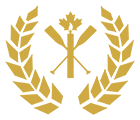
Nominate an exceptional history project in your community for this year’s Governor General's History Award.

